Call it a gift from the book gods: my literary coming of age coincided with the last decade when the existence of good bookstores could be taken for granted.
In the mid-1990s, when I was an adolescent who read every new novel by Updike, Roth and Vonnegut, Amazon was still a novelty. Chain bookstores, such as B. Dalton and Waldenbooks, were as ubiquitous in shopping malls as food courts, cheap jewelers and eyewear vendors. And growing up in a suburb of New Orleans, I also had access to an astonishing number of antiquarian bookstores, including what is still officially my favorite bookstore: Faulkner House Books, the teeny-tiny bottom level of a townhouse in the French Quarter in which William Faulkner set down on paper what became his first novel, Soldier’s Pay. Going to Faulkner House was something of a treat. The rare first editions I preferred were usually requested by me as Christmas or birthday gifts.
Yet, even with such a panoply of book-buying options in Greater New Orleans, I still remember my excitement when my first Barnes & Noble opened its doors. As the two-story, stand-alone building was under construction, a not-very-literary-minded friend of mine commented on the “library” that was being built. That’s how big that era’s Barnes & Noble stores looked. As far as I was concerned, though, Barnes & Noble was far superior to a library, because, of course, you were allowed to keep the books! I couldn’t have expressed it this way at the time, but using libraries strikes me as akin to watching streaming services: both are transient experiences. Why would you want to read a great book only to give it back?
I still recall the rush I felt when walking into that Barnes & Noble for the first time. I was not too much of a snob to admit to being swept away by the dark wood trim, the vaulted ceilings and the stately escalators that led upstairs to a selection of compact discs that rivaled any Tower Records. What such huge chains lacked in intimacy they made up for in sheer breadth. I had simply never been to another bookstore that carried so much stuff to flip through, glance at, or at least consider purchasing, whether that day or during a future visit: books, CDs, magazines, newspapers from around the world, and eventually DVDs. The place was cavernous enough to spend whole mornings or afternoons without walking down the same aisle twice.
During that first day at Barnes & Noble, I still remember the stack of books I brought over to my parents, who were having coffee in the café — which, in my recollection, was not yet associated with Starbucks (as Barnes & Noble cafés are today): Charles Ryder’s School Days and Other Stories by Evelyn Waugh, a biography of Robert Altman, The Magic Christian by Terry Southern. Never did I go to that Barnes & Noble without accumulating a pile of books at my parents’ table, a pile I would add to throughout the duration of my visit.
After we returned to our home state of Ohio in 1998, I was sad to say so long to that Barnes & Noble, but within a year, we had our own store, also two stories and nearly as imposing. Although we had some locally owned bookstores to choose from, Barnes & Noble remained the logical place to pick up the latest releases or simply to lose oneself in endless browsing. Independent bookstores boast of their personalized service, but that also means they reflect the tastes (and biases) of their owners or book-buyers. They are also hindered by the realities of their real estate. Unless they have a parcel like the Strand in New York, their footprint is limited and thus their selection choosy rather than catholic. By contrast, in its glory days, Barnes & Noble seemed to have on hand just about anything a reasonably well-informed book-lover might think of buying.
If I had read Joan Didion at that stage of my literary development, however, I would have known that the center would not hold. Sometime after the turn of the millennium, the lesser bookstore chains started to disappear from the malls, while Borders — which I always thought of as Barnes & Noble’s more upscale cousin — went bankrupt in 2011. As the 2000s wore on, Barnes & Noble was becoming a bit too all-encompassing in its stock: I don’t mean its selection of books, but all those calendars, greeting cards, wrapping paper and toys. The shelves of real books kept getting less full, and what good is a Barnes & Noble that isn’t teeming with books?
Then came the Covid-19 pandemic, which solidified the gains made by Amazon and, I feared, might leave me without a Barnes & Noble for the first time since my preteen years. Happily, my local store survived, but when we checked it out in the summer of 2021, it was in a pretty sorry state: one of the escalators didn’t work, the magazine rack was in disrepair, and when my pugnacious, anti-mask mother confronted an employee about why he was still wearing a mask, she told me that he said that his wife had had Covid — would she like him to get closer? Not cool.
In recent years, though, Barnes & Noble has been rumored to be making a comeback. The company was gobbled up by Elliott Advisors, a hedge fund, in 2019, and back in October, the New York Times ran a story about a company-wide effort to remodel its stores, but not according to any particular aesthetic. The idea is simply to make room for more books. According to the Times, modular shelving with changeable depths are in, and — the CEO promises — the non-book junk that had accumulated near the checkout is out. “If you just want to buy a book, the guys in Seattle will sell you a book,” James Daunt, the CEO, told the Times. “The enjoyment and the social experience of that engagement with books in a bookstore? That’s our game.”
I had noticed some of these changes in my Barnes & Noble, but on the night of Black Friday, I decided to have a closer look and do some Christmas shopping while I was at it. The shelving part was true: new light-toned wooden bookshelves hug many walls, including the spaces on the side and at the back of the escalators, and many existing shelves have been rearranged in jigsaw-like patterns. Instead of rows of shelves, the shelves in the fiction section has been arranged to create a kind of “room.” Many other sections have similar configurations. Theoretically, this should make for a cozier browsing experience, but if you are shopping with someone else in your party, good luck finding them: the customer’s field of vision is severely impaired by all the crisscrossing shelving. To make room for the new shelves (or, at least, the new way in which they have been arranged), the CD and DVD section has been reduced to a single wall. This, too, is depressing, but if Barnes & Noble really has gotten back in the book business, I can’t complain that they have wound down their music and movie business.
It was difficult to judge whether my store really was carrying more books, but there was no question that the books they had in stock were more pleasantly featured. All the big titles were prominently featured: Stephen King’s Holly, Barbra Streisand’s memoir, the Elon Musk biography… Upstairs, a large photography and art book section had been carved out, and that’s where I found the gift I was looking for: a collection of classic society photographs, Poolside with Slim Aarons. Rather discouragingly, the bargain books have also been secreted away upstairs; a religion and spirituality section exists downstairs where the bargain books used to be located. In fact, some of the same non-book stuff is still sold at Barnes & Noble — greeting cards occupy multiple walls and Christmas cards occupy their own table — but to the store’s credit, they don’t stand out as much. This redesign may be more properly called a rearrangement.
Like every post-pandemic retail operation, my Barnes & Noble still seemed short on staff — once, this location had two rows of cash registers, but it has been years since I have seen the second one manned by anybody — but the cashier who helped me was perfectly pleasant. Perhaps we both felt lucky — the cashier felt lucky to have a relatively easy job that involved selling these marvelous objects we call books, and I felt lucky that a bookstore this big, this well-stocked, still existed, even with its flaws and imperfections. Do the changes make a difference? Well, at least they demonstrate that the owners care about keeping the company in business, which is another lucky thing. Into the brisk cold night air, I walked out with my Slim Aarons book in my shopping bag and began to think what I might buy next time.



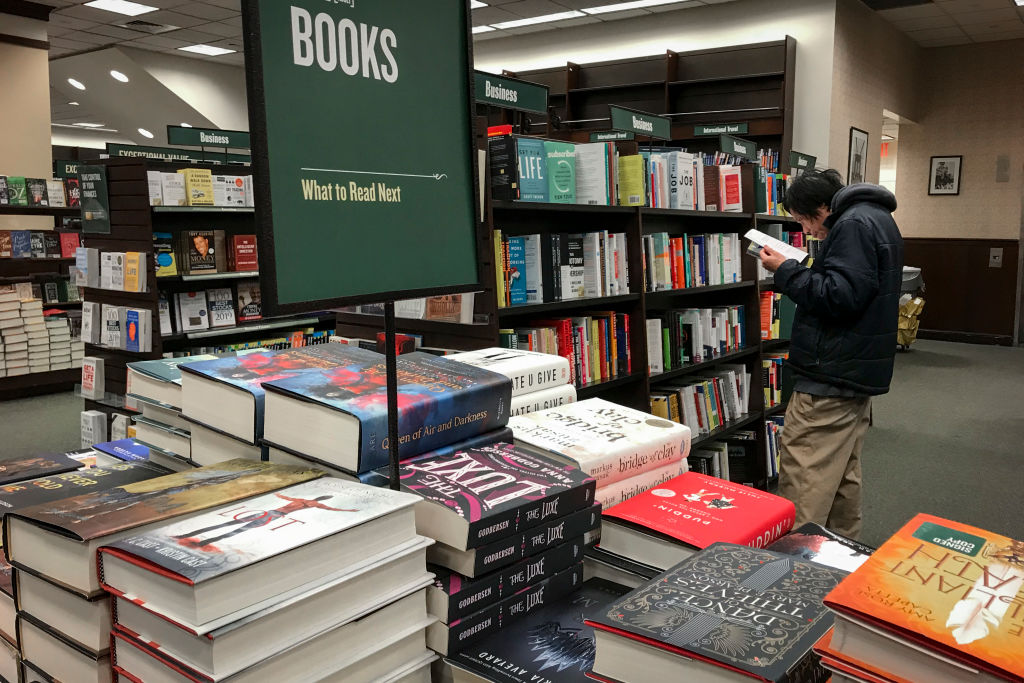






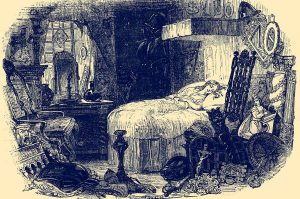

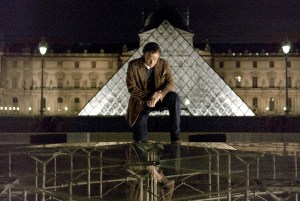

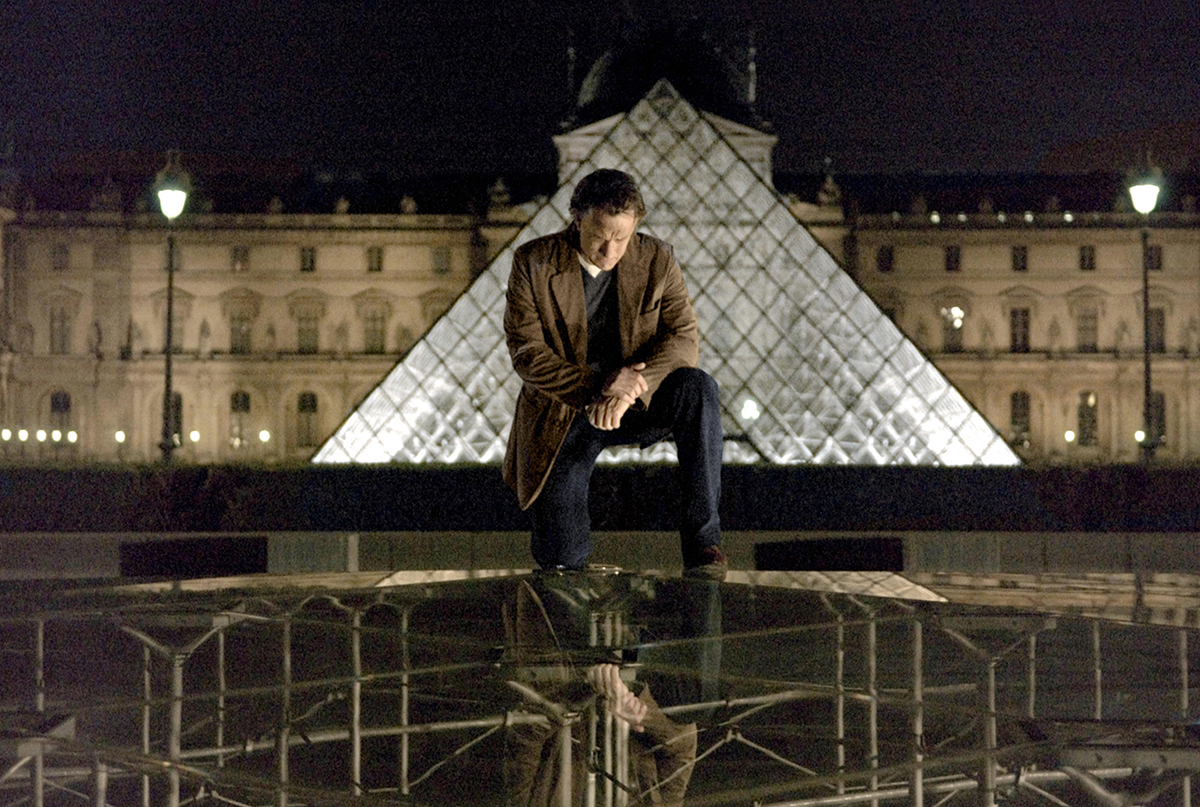

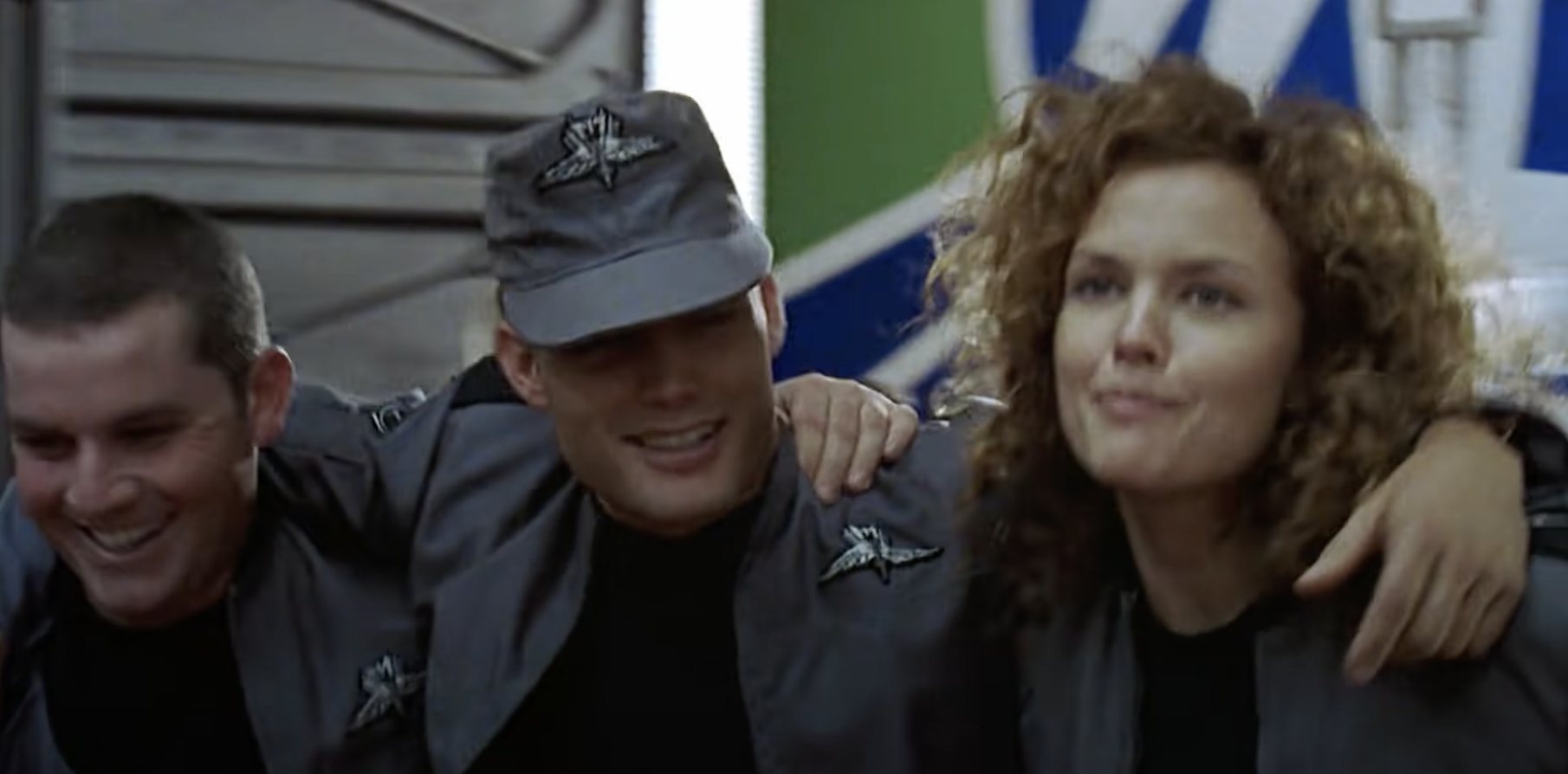

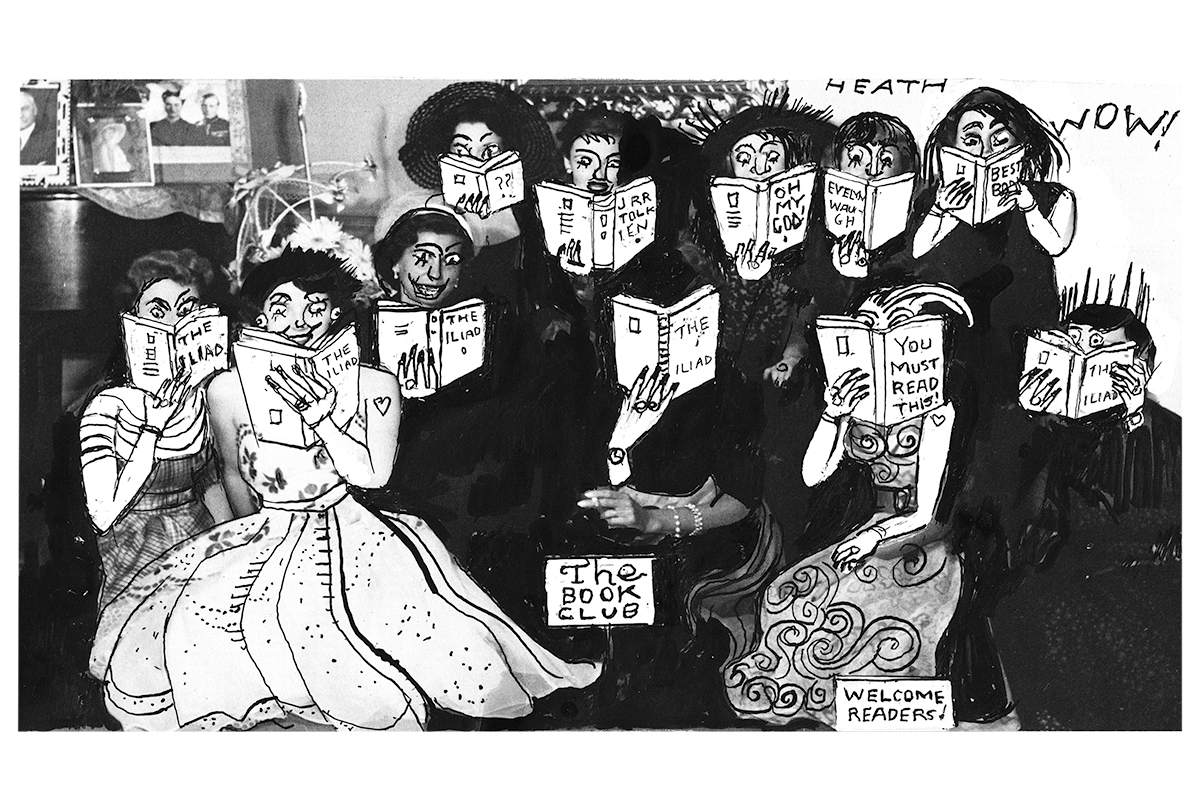







Leave a Reply